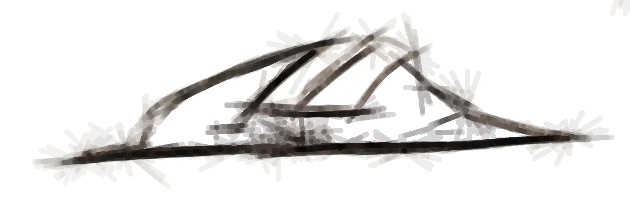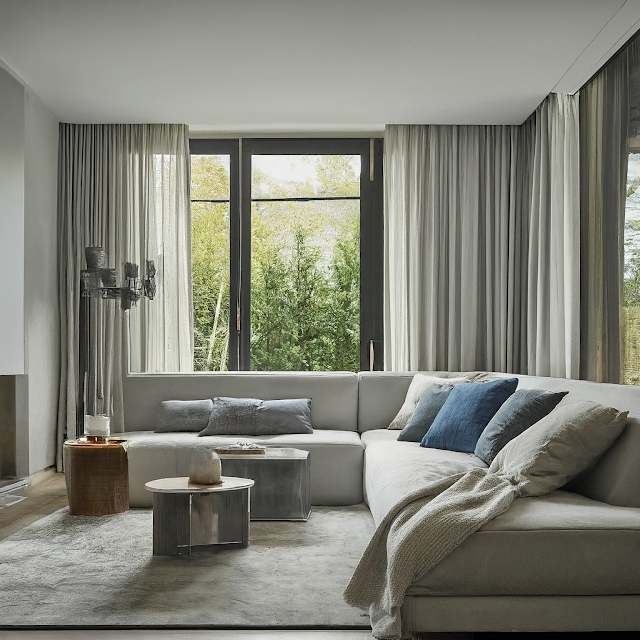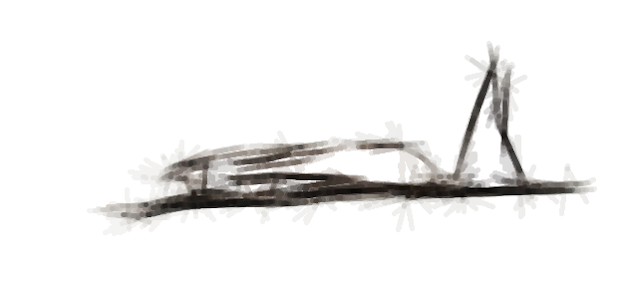In the realm of architecture, vertical movement plays a pivotal role in shaping the functionality, accessibility, and experiential quality of built environments. Whether through elevators, stairs, escalators, or ramps, the design of vertical circulation systems influences how occupants navigate and interact with buildings, impacting their spatial perception, comfort, and efficiency. In this article, we delve into the significance of vertical movement in buildings in architecture, examining the principles, challenges, and innovative approaches to creating dynamic and user-friendly circulation systems.
1. Enhancing Accessibility and Connectivity:
Vertical movement systems in buildings serve as vital arteries that facilitate accessibility and connectivity between different levels and spaces. Elevators provide vertical transportation for occupants with mobility challenges or heavy loads, ensuring universal access to all areas of the building. Stairs offer an alternative means of vertical circulation that promotes physical activity and connectivity between floors, encouraging movement and interaction among building users. Efficient vertical circulation systems enhance the overall accessibility and connectivity of buildings, fostering inclusivity and social engagement among occupants.
2. Spatial Organization and Efficiency:
Vertical movement systems play a crucial role in organizing spatial layouts and optimizing the efficiency of buildings. Architects carefully plan the placement and configuration of elevators, stairs, and escalators to streamline circulation paths, minimize travel distances, and enhance user experience. Efficient vertical circulation systems contribute to the overall functionality and usability of buildings, allowing occupants to navigate seamlessly between different levels and areas while maximizing spatial efficiency and flexibility.
3. Architectural Expression and Identity:
Vertical movement systems offer opportunities for architectural expression and identity, serving as focal points or design features that enhance the visual appeal and character of buildings. Architects integrate vertical circulation elements into the architectural design, utilizing materials, forms, and spatial configurations to create visually striking and memorable circulation spaces. Grand staircases, sculptural elevators, and dynamic escalators become architectural landmarks that contribute to the identity and branding of buildings, reinforcing their design concept and enhancing their aesthetic appeal.
4. User Experience and Comfort:
Vertical movement systems significantly impact the user experience and comfort of building occupants, influencing their perception of space, safety, and convenience. Architects design circulation spaces with attention to ergonomics, lighting, ventilation, and acoustic comfort to create pleasant and inviting environments for occupants. Well-lit and ventilated circulation areas, comfortable seating areas, and clear wayfinding signage contribute to a positive user experience, reducing stress and enhancing comfort during vertical transportation.
5. Technological Innovations and Sustainability:
Advancements in technology have revolutionized vertical movement systems in buildings, introducing innovative solutions that improve efficiency, safety, and sustainability. Smart elevator systems utilize predictive analytics, destination dispatching, and energy-efficient technologies to optimize elevator performance, reduce waiting times, and minimize energy consumption. Green escalators and energy-efficient elevators incorporate regenerative braking systems, LED lighting, and energy-saving features to reduce environmental impact and enhance sustainability in vertical transportation.
6. Future Trends and Challenges:
As buildings become taller and more complex, vertical movement systems face evolving challenges and opportunities in architecture. Architects are exploring new approaches to vertical transportation, such as sky lobbies, double-decker elevators, and vertical gardens, to enhance connectivity and efficiency in high-rise buildings. Challenges such as vertical transportation congestion, fire safety regulations, and evacuation strategies require innovative solutions and interdisciplinary collaboration to ensure safe and efficient vertical movement in buildings.
Conclusion:
In conclusion, vertical movement systems in buildings are integral components of architectural design that influence the functionality, accessibility, and experiential quality of built environments. From enhancing accessibility and connectivity to organizing spatial layouts, expressing architectural identity, and improving user experience and comfort, vertical circulation systems play a crucial role in shaping the way occupants navigate and interact with buildings. By embracing technological innovations, sustainability principles, and future trends, architects can create dynamic and user-friendly vertical movement systems that enhance the overall quality and performance of buildings in architecture.
--------------------
Each month, I spend a lot of time in order to keep the blog going , design and publish new material and sketches. For 4 years I published sketches for free creating the biggest collection of this kind of architectural sketches on the web. It has remained free and ad-free and alive thanks to support from viewers. I have no staff, I keep alone myself this blog. If this blog have made your own life easier or help your creativity, maybe giving you new ideas, please consider aiding its sustenance with a donation. Your support makes all the difference.
All the sketches and art on this blog and Pinterest are for sale, and can be used after agreement with me.
Thank you,
Bozelos Panagiotis - Civil engineer - Architect
BLOG: www.architectsketch.blogspot.com
PINTEREST (sketches): https://gr.pinterest.com/bozelos/sketches-and-plans/
PINTEREST ART: https://gr.pinterest.com/bozelos/bozelos-panagiotis-art/
Don't hessitate to communicate with me for anything you want.
Contact info:
bozpan13@gmail.com
bozpan@protonmail.com
DONATE ME : Donate to Panagiotis Bozelos
DONATE ME (ETH): 0x0f15172ab16d89ca3f5dbd21755fd3e0e828c776
Buy art: Buy printed Art ---------------------------
bozelos @bozelos #bozelos
#architectsjournal #buildingdesign #sell #art #civilengineeringdesign #civilengineers #sketching #sketch #sketches #constructioncompany #civilengineering #oilindustry #dubai #qatar #uae #recruitmentagency #recruitmentconsultant #recruitment solutions #recruitement #recruitment services #civilengineering #worker #recruitment #energyindustry #recruiters #oilandgascompanies #recruitmentconsultants #recruitmentnews #oilandgasindustry #architecture #civilconstruction #civilengineer #constructionjobs #art #abstract #sellercentral #selrsagent #sellers #sellersmarket #buyersmarket #buyers #buyersguide #collectors #collections #collectivites
#nft #nftart #nftcommunity #nftartist #nftcollector

































































